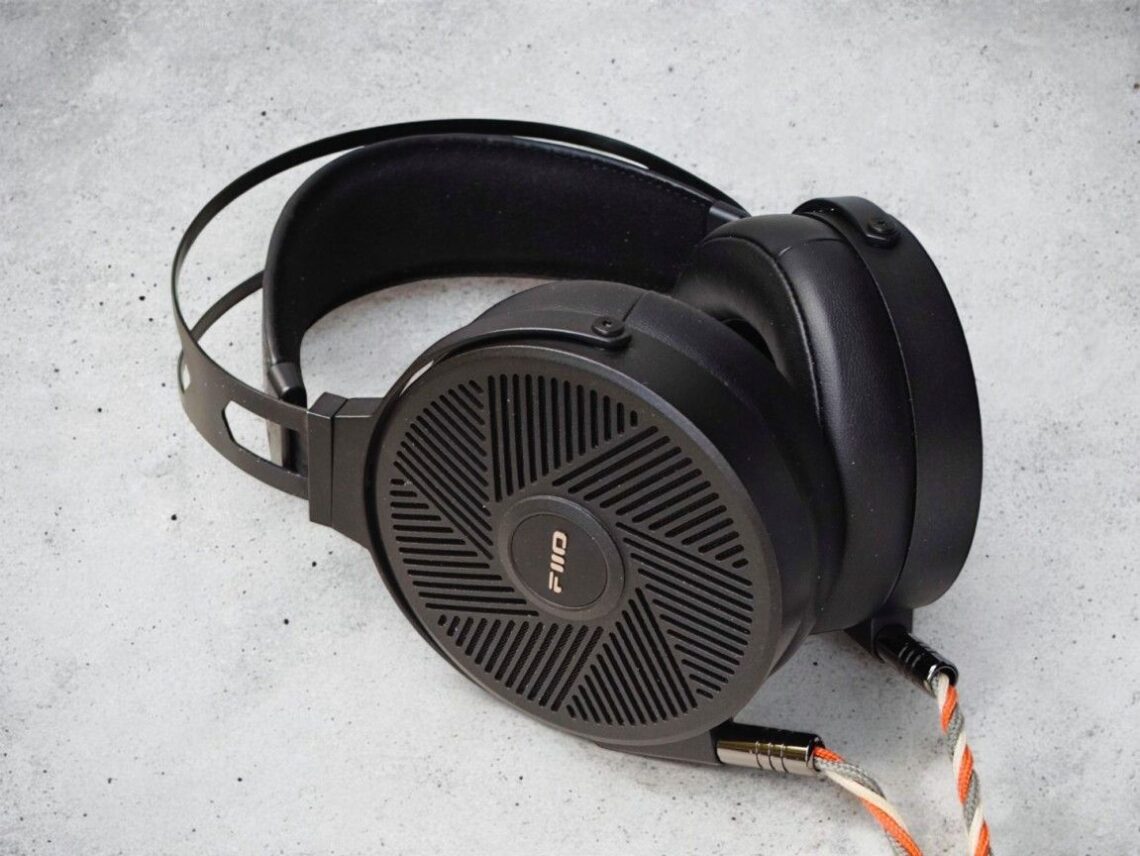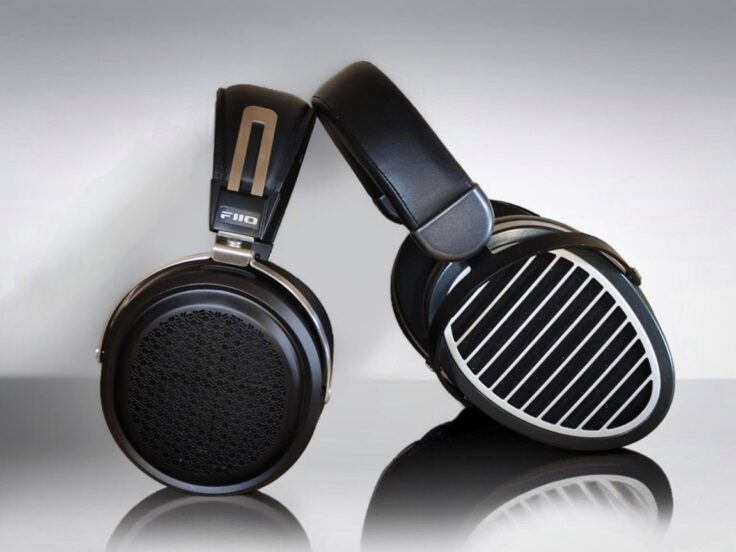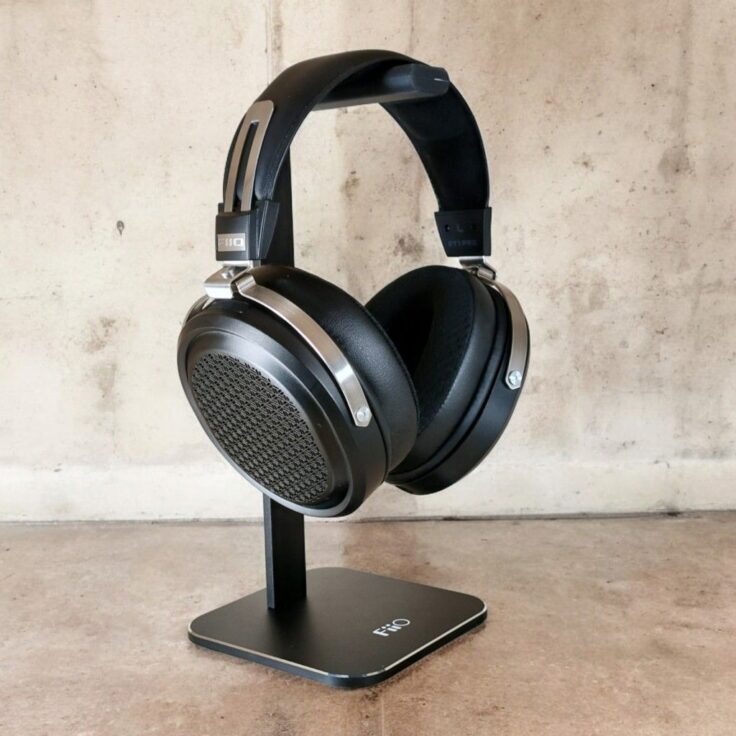The FT5 is refreshingly non-conforming to the Harman 2019 tuning, yet remains a very musical and engaging-sounding headphone.
Not every headphone deserves a review, and certainly not when some time has already passed, but the FT5, launched in 2023, still deserves one. With its successor, the FiiO FT15, expected later this year, I felt compelled to revisit the FT5—because, when it fits your preferences, it’s a genuinely impressive headphone. Further, while a successor often has similarities, the changes are not necessarily for the better in every direction.
The FT5 was FiiO’s second headphone release and their first planar magnetic model. While it was well received, it didn’t gain the same attention as the later FT1 and FT1 Pro. Still, every time I pull out the FT5 and listen with the protein leather pads, I’m amazed. At its price point, it’s a real gem. It may not be the absolute best in raw technical performance, but its tuning and overall presentation resonate with me deeply.

ABOUT FiiO
FiiO has been in the audio industry since 2007, initially focusing on portable DACs and amplifiers. Over time, the company has become a major name in the IEM market. In recent years, FiiO has made a strong push into the desktop audio segment, offering both electronics and full-size headphones.
FiiO entered the world of over-ear headphones as recently as in the spring of 2023 with the release of the 300-ohm dynamic driver FT3 ($299). Since then, they’ve expanded their headphone lineup with several models: The open-back planar magnetic FT5 ($449), a 32-ohm version of the FT3, the budget-friendly open-back JT1 ($69), and importantly FiiO’s first wooden closed-back headphone, the FT1 ($149) – which has been extremely well received. The $199 FT1 PRO is the most recent headphone from FiiO to this date.
2025 is shaping up to be a significant year for FiiO. They’ve already released their flagship FT7, and if plans proceed as expected, the FT3 and FT5 will see successors, the FT13 and FT15, later this year. It remains to be seen whether these will be true upgrades or sidegrades, though. In any case, they’re expected to feature attractive wooden details, and I personally hope FiiO opts for a more universal pad attachment system, similar to what they used on the FT1 and FT1 PRO.
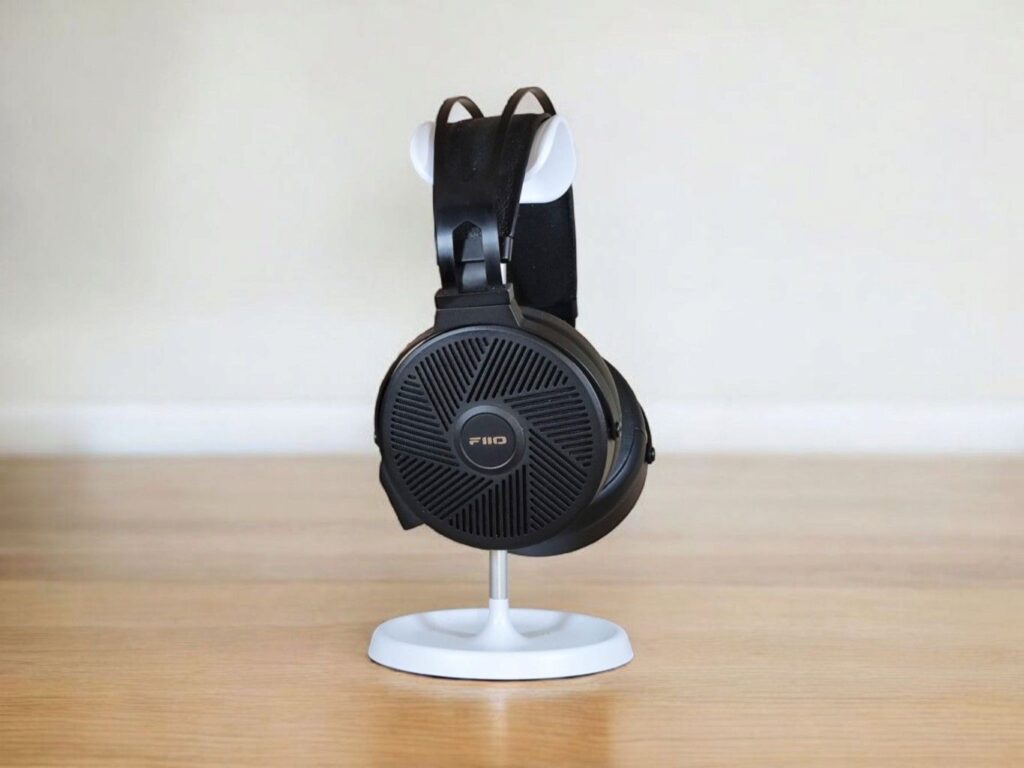
FiiO FT5 SPECIFICATIONS
- Open back design
- 90 mm planar magnetic driver
- Impedance: 36 ohms
- Sensitivity: 96 dB/mW or 110 dB/Vrms
- Frequency response: 7 Hz-40 kHz
- Max power input: 2000 mW
- Weight: 456 g
- Earpad pressure: 4.0 N±0.3N
- Cable length: ca 1.5 m
- Cable connector: Dual 3.5mm plugs on headphone end, with swappable audio plugs
- Both velour and protein leather pads included
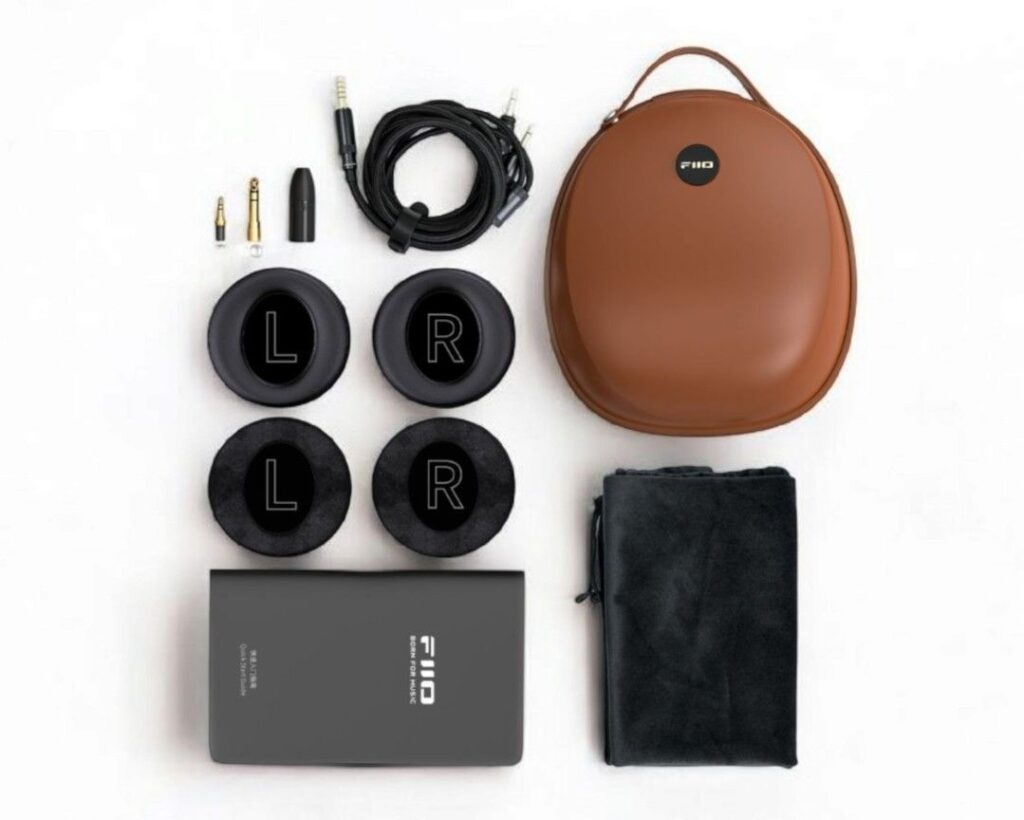
IN THE BOX
- Protein leather earpads
- Suede earpads (pre-installed at factory)
- 4.4mm interchangeable plug (pre • installed at factory)
- 3.5mm interchangeable cable termination plug
- 6.35mm male to 3.5mm female adapter
- XLR 4 pin male to 4.4mm female balanced adapter
- Leather storage case
- Velvet bag
- Headphone cable
- User manual
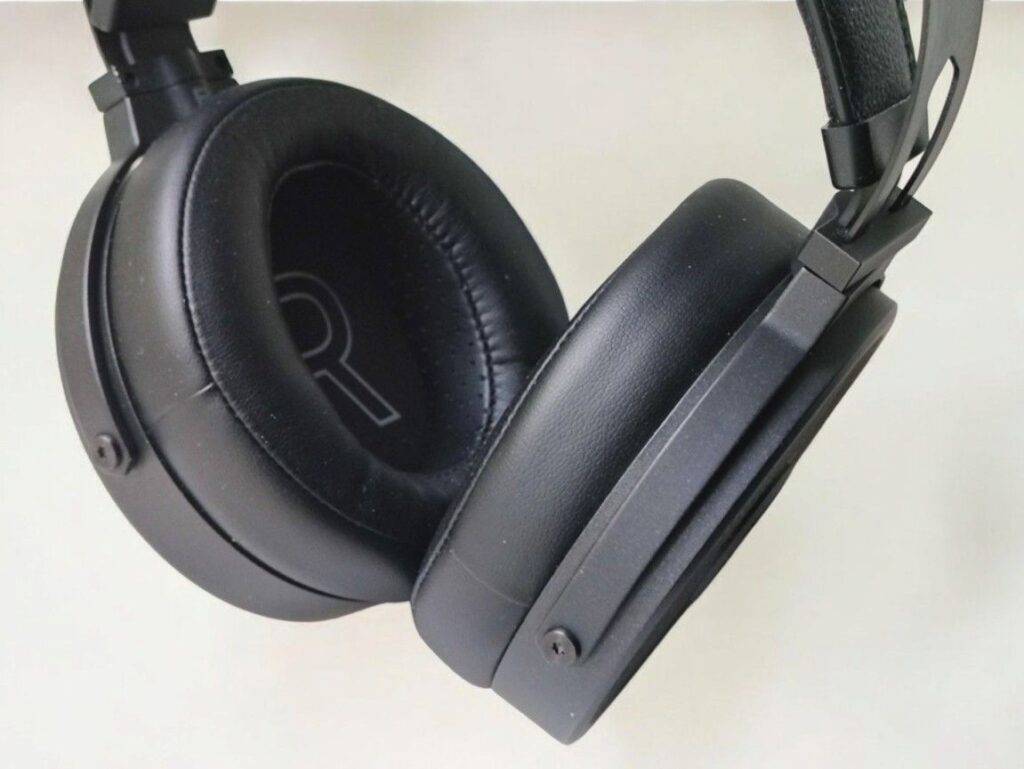
BUILD AND PADS
The FT5 boasts excellent build quality, featuring a mostly metal construction and a very comfortable headband with a suspension strap. Headband straps are almost always more comfortable, and the FT5 enhances this with a hidden elastic mechanism that adjusts the strap automatically. While I can’t speak to the long-term durability of this elastic system, it’s still functioning perfectly on my two-year-old unit.
The FT5 has an interchangeable plug system for the cable termination: 3.5mm and balanced 4.4mm. There are adapters for 4.4mm to 4-pin XLR and a 3.5mm to 6.35mm jack plug adapter.
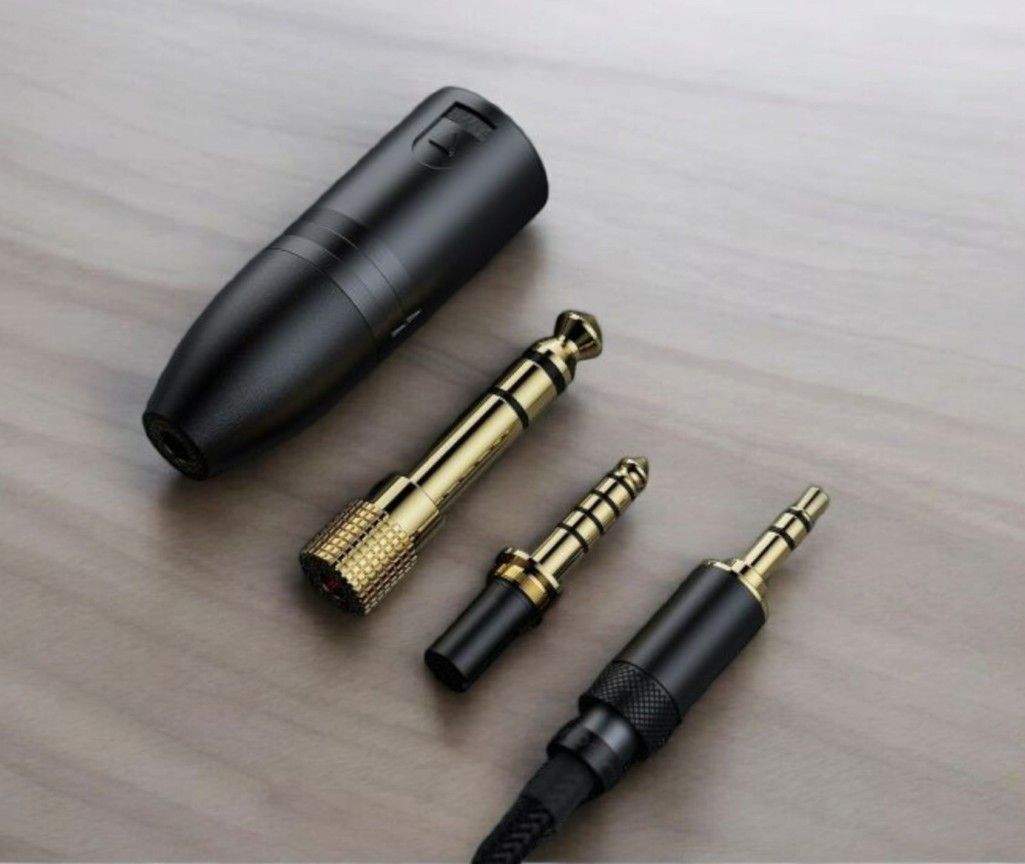
It comes with two types of earpads—velour and protein leather—offering solid options for both comfort and sound tuning. The protein leather pads deliver a tighter sound, which I prefer. However, the pads use a proprietary attachment system, and if you want to use third-party pads, you’ll need to get creative—double-sided gel tape works in a pinch.
The FT5 came with the velour pads pre-installed, and many people based their first impressions and reviews on that setup. Unfortunately for FiiO, the velour pads produce a woollier, less clear, and less tight sound compared to the protein leather pads. As a result, many reviewers may have perceived and/or portrayed the FT5 as darker and less resolving than it actually is. Had the tighter, more defined sound of the protein leather pads been the default, those initial impressions might have been very different.
That said, measurements don’t show huge differences between the two pads, but subjectively, the experience is quite distinct. The velour pads have their strengths—they’re more comfortable, both in terms of feel and their softer sound. However, I’ve concluded that the protein leather pads deliver better overall sound quality. For this review, I’m sticking with the protein leather.
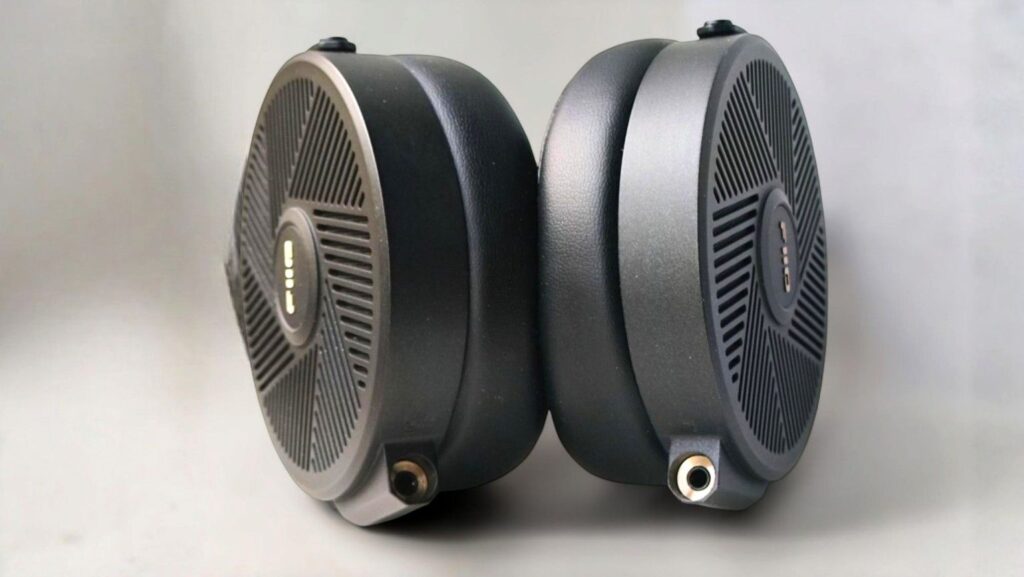
LISTENING IMPRESSIONS
Dyna I and Dyna II by Karl Strømme
Norwegian trumpeter Karl Strømme follows in the footsteps of Nils Petter Molvær, blending electronic bass, tasteful percussion, and plenty of space in the mix. What impresses me most about the FT5 is its bass performance—warm, controlled, and full-bodied. The trumpet sounds excellent too, with a forward, warm timbre. Imaging is precise, separation is solid, and the track feels vibrant and alive. It’s a warm presentation, but the treble presence keeps it from sounding dark.
Visket Ut Av Regnet by Moskus
Norwegian improv jazz with excellent production. The standing bass is played in varied, expressive ways, with vibrant string detail. Other instruments stand out beautifully, each easy to follow. The overall tonality feels very “live” and exceptionally natural.
Hjorten i Skogen av Moskus
A very satisfying track, brought to life by the FT5’s vibrant and engaging presentation. It sounds incredibly alive, with a deep, captivating pulse in the music. Treble-intensive percussion is crystal clear, the FT5 delivers a presentation that’s both richly detailed and thoroughly musical.
Lokk til Eurydike by Moskus
There’s a lot happening in this wall-of-sound type track, yet the bassline remains easy to follow. Percussion is snappy and clear, and the ambient layers are well separated, making each element easy to discern. It all blends seamlessly into a cohesive and musical whole.
Jambi by Tool
Thunderous drums, textured yet dark guitars, standout vocals, and a bass that’s both present and well defined—excellent overall presentation.
Smile by Pearl Jam
Great groove with nice separation and detail. Imaging is solid. Sibilance on Eddie Vedder’s “s” sounds is more noticeable than on many other earphones, but not problematic.
Almost Like The Blues by Leonard Cohen
Deep, tactile bass; dark, full vocals with excellent presence; and snappy, well-defined percussion.
Black Crow by Cassandra Wilson
Full-sounding bass, nice imaging, and good instrument separation. Vocals are well-presented, natural, and warmly upfront. Everything comes together with a very natural and organic feel.
Some Day My Prince Will Come by Coryell Miroslav Quartet
This bass and electric guitar duo sounds excellent. The bass is full and nuanced, while the guitar delivers a warm, tube-like sound, a flow that radiates beautifully from the strings.
As Before by Olga Konkova
The cajón drum is very well rendered—nicely balanced sounding bass presence with a solid, tactile punch. The piano is clear and bright, while the vocals are present, delicate, and warmly upfront all at once.
It Could Be Sweet by Portishead
Several headphones in this price range struggle with the bass on this track, but the FT5 passes with flying colors. Vocals are upfront and slightly brighter than I’d prefer, though still very engaging—except the sibilance might be a bit much for some. Vocals are also well separated from the rest of the mix.
Escape Route by Boris Blank
Very nice rendition with great imaging and well-balanced tonality. Warm and slightly bright simultaneously, creating a pleasing overall sound.
Mahler’s Symphony No 2 III by Paavo Järvi
The kettle drums punch hard, while strings and woodwind instruments sound natural and nuanced. Separation is very good, delivering a clear and warm presentation.
Young Vivaldi RV 820 by Modo Antiquo
The strings have a pleasant warmth while sounding bright and airy simultaneously. Great separation, with nice texture and attack.
Mango Drive by Rythm and Sound
My main bass test track—headphones often struggle with heavy distortion here, often sounding totally out of tune. The FT5 sounds good; while not as clean as the absolute best, it’s more than good enough to pass the test.
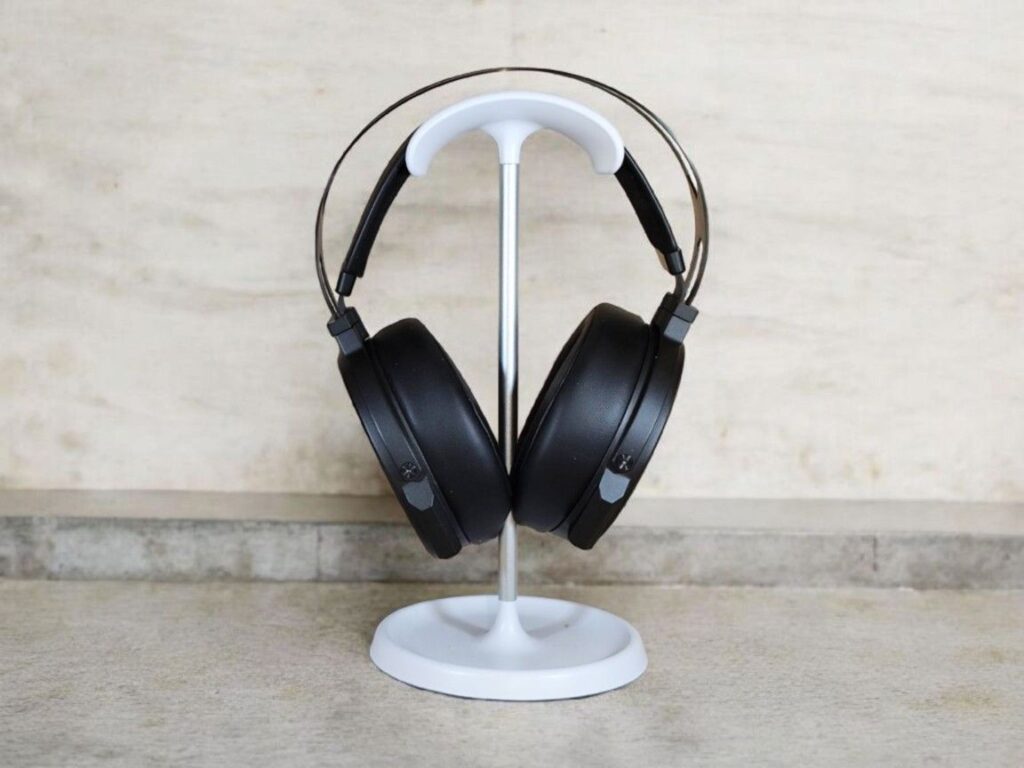
WRAPPING IT UP
Sound Signature
The FT5 has a unique sound signature that’s both warm and bright simultaneously, while remaining natural and highly musical.
Treble
Even though the FT5 generally leans toward a warmer sound, its treble is by no means laid back. It remains very clear without sounding overly crisp or harsh.
Midrange
The mid-range is warm and very present, with excellent detail. It’s not entirely neutral, with more energy in the lower mids than the upper, which contributes to a lush and engaging presentation. At times, it can feel slightly colored, but never recessed.
Bass
The bass is excellent, with deep reach and a generous mid-bass. Rich but well-controlled in terms of quantity, excellent in terms of quality.
Soundstage and Imaging
The soundstage size is good but average for headphones of this type. However, the imaging is very impressive, likely aided by the clear, bright treble. Positioning and instrument separation stand out, especially for a headphone with such a warm sound.
Detail, Dynamics, and Timbre
The detail level is excellent for a headphone in this price range. Dynamics are strong on both macro and micro levels. The timbre sounds natural—or at least very enjoyable—and overall, it’s a highly musical presentation.
COMPARISONS
Associated equipment:
- Amplifier: Topping A90
- DAC: RME ADI-2 DAC FS
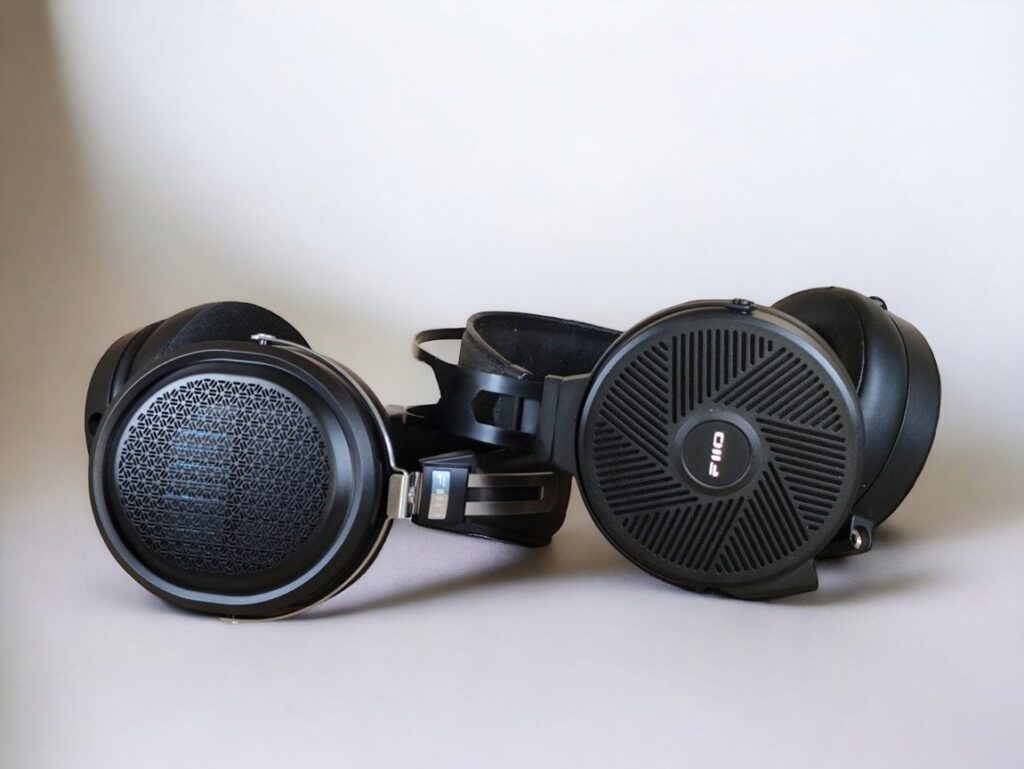
FIIO FT1 PRO vs FT5
The FT1 PRO is FiiO’s second planar magnetic headphone. It’s very similar in looks to the FT1 closed back dynamic headphones, which I have reviewed here, but of course very different being an open back with a completely different driver.
Comparing it to the FT5, the FT1 PRO is crisp and neutral, while the FT5 offers a warmer, lusher sound with fuller upper bass and lower mids. Despite its warmth, the FT5’s treble isn’t recessed, actually, the treble presence and quality are similar, between the two.
The FT5’s elevated lower mids and dip in the upper mids, gives it a lusher, warmer character. The FT1 PRO is flatter and more neutral, sounding crisper and more energetic. Interestingly, despite this, vocals often stand out more on the FT5. The FT1 PRO sounds drier and more textured, while the FT5 is smoother and more refined. Both offer strong bass quality with similar extension, but the FT5 sounds fuller due to its elevated upper bass and lower mids.
The FT1 PRO has a wider, more open stage, while the FT5 is more intimate. Imaging is good on both, though not exceptional. Detail levels are close, but the FT1 PRO presents it with more edge and attack, while the FT5 is gentler and more liquid. Dynamics are similar, with perceived impact varying by track. Timbre-wise, the FT5 is warmer and more inviting, whereas the FT1 PRO leans neutral and sharp.
I have made a dedicated comparison review between the FT5 and the FT1 PRO, found here.
- Amazon: FiiO FT1 PRO
- AliExpress: FiiO FT1 PRO
SENNHEISER HD660S2 vs FT5
The Sennheiser HD660S2 is the successor to the HD660S and builds heavily in the HD600 and HD650, but aims to deliver even better performance with improved bass presence and quality. It has a list price of $679 but is currently available for $405.
When comparing the HD660S2 to the FT5, it becomes clear that they have distinctly different sound signatures. The HD660S2 is more neutral with an emphasis on the midrange, delivering clear vocals and a natural midrange tonality. The FT5 is darker and warmer, with more emphasis on bass and treble, though it avoids the typical V-shaped tuning.
Both have enjoyable treble, but the FT5’s is more precise and detailed, while the HD660S2’s treble is slightly more diffuse and relaxed. The midrange differs significantly: the FT5 sounds darker and thicker but in an engaging, non-recessed way, while the HD660S2 has a more upfront, neutral, and accurate presentation. The HD660S2 has good bass, especially for a dynamic driver, but it’s generally leaner and lacks in sub-bass. The FT5 delivers significantly better bass quality.
Compared to the FT5’s somewhat intimate soundstage, the HD660S2 sounds more open. Imaging capability is comparable between the two. Both headphones have pretty strong dynamics, but are different: The HD660S2 excels in midrange dynamics, while the FT5 delivers more satisfying bass slam and more articulate treble. Timbre quality is also different, with the HD660S2 sounding more neutral and natural in the midrange, the FT5 better in the highs and lows.
- Amazon: HD660S2

CONCLUSION
These days, it does feel like any earphone that strays from the Harman curve is often automatically dismissed, which is a real shame. While the Harman tuning offers a safe and broadly appealing sound, not every headphone should aim to sound the same.
Diversity in tuning is what keeps the hobby interesting—and for some, more emotionally engaging. Grado headphones are a perfect example of a brand that completely ignores the Harman curve, yet has built a loyal following with their unique, forward and lively sound. It’s a reminder that there’s no one-size-fits-all in audio.
Although it received some praise at launch, the FT5 feels like an underrated headphone. Its measurements may not perfectly adhere to the Harman curve, but in practice, it sounds remarkably musical and engaging. It blends warmth with clarity in a way that’s uniquely inviting. The FiiO FT5 doesn’t just make me want to listen—it makes me want to discover new music.
Thanks for reading. You can support us by purchasing anything using any of our affiliate links.
Any purchase you make on Amazon or Linsoul with any of our affiliate links will give us a small provision at no cost to you.
We only get a provision for items that are not returned, so there’s no incentive for us to recommend something that’s not good.
Linsoul : Headphones, Earbuds, Wireless Earbuds, Desktop DAC/AMP, Portable DAC/AMP, Digital Audio Players,
Amazon: Headphones, IEMs, Headphone Amplifiers, Home Audio or Anything else.
.
If you enjoyed this article or other content on The Headphoneer, you might consider leaving a small donation to keep this website up and running. No donation is too small. Thanks for supporting us!
If you like our work please follow us on Instagram, Facebook and Twitter , it will help us grow. Sharing is caring 🙂


